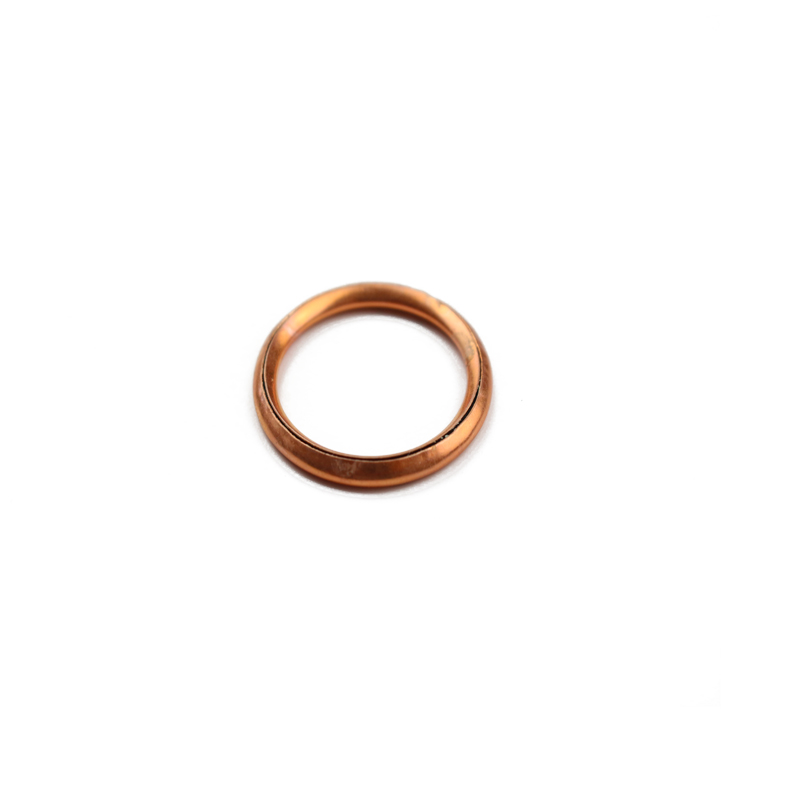oil seal high pressure
Understanding High-Pressure Oil Seals Importance and Applications
Oil seals, also known as grease seals or oil seals, are vital components in mechanical systems that prevent the leakage of lubricants while ensuring that contaminants do not enter sensitive areas. Among the various types of oil seals, high-pressure oil seals are specifically designed to handle elevated pressure environments, making them essential in numerous industrial and automotive applications.
What Are High-Pressure Oil Seals?
High-pressure oil seals are engineered to withstand pressures that can exceed standard levels, typically found in hydraulic systems, automotive engines, and industrial machinery. Made from durable materials such as nitrile rubber, fluorocarbon, or polyurethane, these seals provide a reliable barrier against oil leaks while also withstanding aggressive chemicals and extreme temperatures.
The design of a high-pressure oil seal includes a lip that makes contact with a rotating shaft. This lip creates a dynamic seal that is crucial for preventing oil loss and keeping dirt and other contaminants out. The effectiveness of a high-pressure oil seal can significantly influence the performance and longevity of a machine.
Applications in Various Industries
1. Automotive Sector One of the most common applications for high-pressure oil seals is in vehicles. These seals are used in engines, transmissions, and differentials where they maintain the integrity of crucial lubrication systems. An oil seal failure can lead to serious engine problems, decreased performance, and potential damage, making reliable high-pressure oil seals essential.
2. Hydraulics In hydraulic systems, seals prevent hydraulic fluid leaks, which can lead to operational failures and environmental hazards. High-pressure oil seals in hydraulic cylinders are specifically designed to withstand the pressure and ensure efficient operation, making them critical for machinery used in construction, manufacturing, and aerospace.
oil seal high pressure

3. Industrial Machinery Many types of industrial machinery rely on high-pressure oil seals to keep their operations smooth and effective. Whether it’s a pump, compressor, or gearbox, these seals help maintain performance by preventing leaks and contamination that could otherwise lead to mechanical failures.
4. Marine Applications In marine environments, where equipment is often subjected to both high pressure and corrosive conditions, high-pressure oil seals play a crucial role. They help protect vital components from seawater and other contaminants, ensuring the reliability of propulsion systems and other critical machinery.
Importance of Proper Seal Selection
Choosing the right high-pressure oil seal is crucial for any application. Factors such as operating pressure, temperature, fluid type, and the presence of contaminants all play a significant role in the selection process. A poorly chosen seal can lead to premature failure, increased maintenance costs, and even catastrophic system failures.
Manufacturers often provide specifications for their seals, including maximum pressure ratings and temperature ranges, allowing engineers and maintenance personnel to select the appropriate product for their specific needs. Additionally, regular maintenance and inspection of oil seals can help detect wear and prevent leaks before they become major issues.
Conclusion
High-pressure oil seals are a fundamental component in numerous mechanical systems, providing essential protection against leaks and contamination. Their robust design and material composition make them ideal for applications that demand reliability under pressure. As industries continue to evolve and machinery becomes more advanced, the importance of selecting and maintaining high-quality oil seals cannot be overstated. By ensuring the integrity of lubrication systems, high-pressure oil seals ultimately contribute to the efficiency, safety, and longevity of a wide range of applications.
-
Understanding the Front Main Engine Seal: Purpose, Maintenance, and Installation
News Jul.29,2025
-
Understanding O-Rings and Seal Rings: Types, Applications, and Custom Solutions
News Jul.29,2025
-
Understanding Crankshaft Oil Seals: Rear Seals, Pulley Seals, and Their Role in Engine Integrity
News Jul.29,2025
-
The Importance of Front and Rear Crankshaft Seals in Engine Performance and Oil Management
News Jul.29,2025
-
Crank Oil Seals: Functions, Types, and Cost Considerations in Engine Maintenance
News Jul.29,2025
-
A Comprehensive Guide to O-Rings and Seals: Types, Materials, and Global Applications
News Jul.29,2025
-
Mastering Diesel and Performance Engine Maintenance: A Guide to Critical Oil Gaskets
News Jul.28,2025
Products categories















